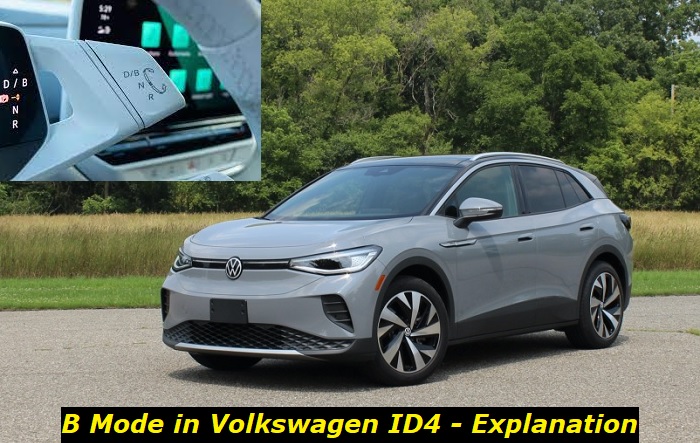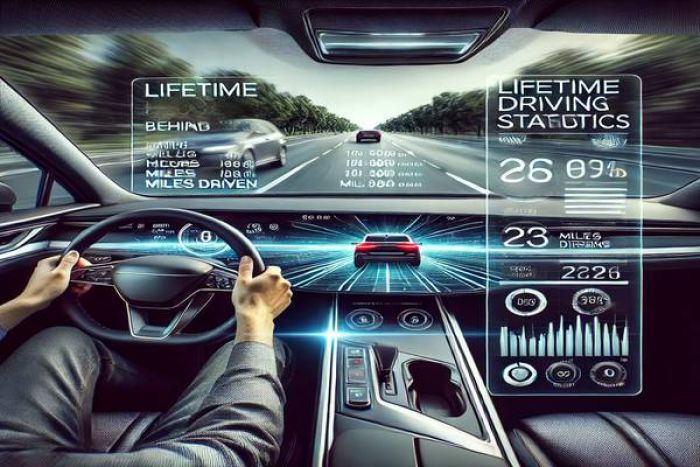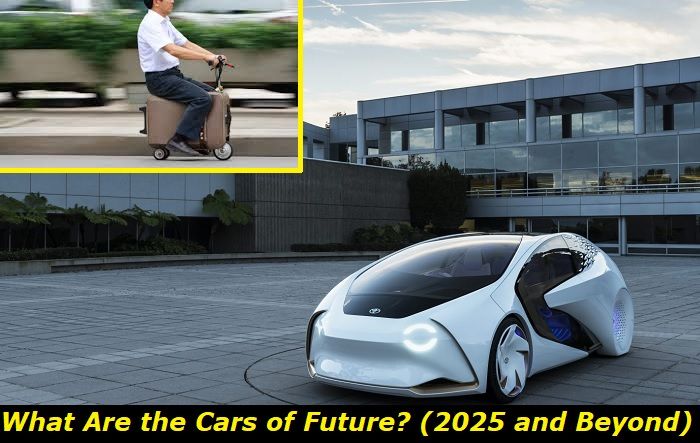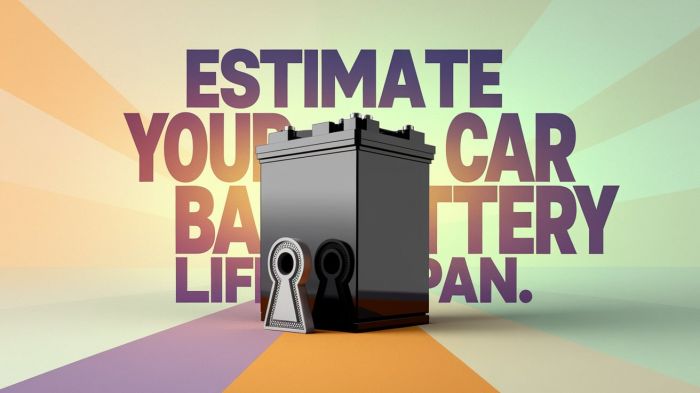The ID4 B Mode is the Brake mode and it will brake with the electric motor by using the maximum of regenerative braking and saving energy in some road conditions. But you shouldn't think that this is the mode for the economy. This is just another way to drive your ID4 and I will explain today how it works and how to use it to the maximum advantage.
Proper use of transmission highlights
- Level of importance:High
- Time interval:Always
- Needed expertise:Basic
- Needed tools:No tools
- Time taken:No time needed
- Possible issues:Transmission failing, parking pawl damage, overheating of the gearbox, issues with torque converter, problems with overloading.

B Mode explanation in the VW ID4
So, as I've already said above, the B Mode stands for Brake Mode which means your vehicle will brake once you release the acceleration pedal. It won't use the actual brakes and won't use brake pad friction for this though. The electric motor in your Volkswagen ID4 has the potential to work as a generator. When the wheels rotate it, the motor produces some electric energy and sends it to the battery.
This is just like a miracle - you use some electricity to drive, and then the kinetic energy of your car creates some energy and stores it in the battery. Sounds almost like "Perpetuum mobile" but actually things work much worse than they may sound.
Here's how actually the B Mode works:
- when you are pressing the accelerator, everything happens just like in the D Mode - you just drive;
- once you release the acceleration pedal, your car starts braking and you really feel this deceleration;
- there is no option of pure coasting when you are in B Mode, so basically you drive using just one pedal - the accelerator;
- to coast in this mode, you can release the pedal partially but still hold your foot on it and press just a little to create some kind of coasting;
- interestingly, once you release the accelerator, the brake lights go on to inform other drivers that the car is braking;
- also, you can still use the brake pedal if you need to brake sharply or to stop faster than the car would stop itself;
- the B Mode uses the maximum amount of regeneration when braking, so you gain more free electricity from just driving.
It doesn't mean that your vehicle will get much better energy consumption and will use less electricity at all times. While the B Mode can be really helpful in terms of economy sometimes, in other cases, it can actually use more electricity and make it less convenient to drive. Also, in D Mode, the regenerative braking function also works, just not so intensively.
So, for your driving, the B and D modes differ just by the driving style. In D, you have to press the brake whenever you want the car to slow down and stop, but in B the car will decelerate automatically once you release the acceleration pedal. This affects your driving style and makes you learn new habits.
City driving in VW ID4 - B or D mode?
When you are driving in the city, the B mode may be helpful for energy economy and even for your comfort. You basically may learn to drive your vehicle using only one pedal and not touching the brake pedal at all. This is a cool thing for many owners of the ID4 and some other EVs that have this function.
Of course, you can still use D mode in the city and drive your EV as if it was a simple gas-powered car. But why not try new tech and save some charge?
In the city, you are in stop-and-go traffic and you use all the benefits of electric motor braking here and producing quite a lot of energy. Also, you save your brake pads from friction and wear. Your financial benefits are more than obvious, in the long run.
What about B Mode on highways?
When you are driving on a highway, you don't often brake. So, it may be inconvenient to use the B Mode in your ID4 here because there is just no reason why you would want to do that. In most cases, you will use the cruise control or even adaptive cruise control on a highway without touching your pedals at all.
But even if you prefer driving without the cruise control feature, you will most likely not want to use the B Mode. In your highway driving, coasting will save more energy than regenerative braking. Also, 98% of the time, you will be holding your foot in the accelerator and the B Mode will not do anything at all. So, using D Mode may be more beneficial in this case.
Driving in hilly areas - B or D mode?
This is a hard question to answer. I would use D in most cases because it allows you to coast when you are driving down the hill and use zero energy. But it won't brake once you release the acceleration pedal, so you may coast without any problems.
But if the hills are steep, you will want to use the B Mode to brake with the electric motor rather than with the brake pads. I recommend you try driving on hills in both modes and eventually choose the best one for you.
When you are driving up the hill, it doesn't matter which mode you are using. Most likely, you won't need to brake in this situation, so any mode will be working just the same.
What are some disadvantages of the B Mode?
Unfortunately, this feature also comes with several significant disadvantages, according to the owners of the ID4. Personally, I have just one chance to test-drive the ID4 and use this feature of Brake Mode. I initially thought it was made exclusively for hilly areas like the B Mode in some transmission in gas-powered cars, like in the Mirage. You apply this mode and you may brake with the engine.
But it appeared the Volkswagen combined a lot of features in this mode and now it seems to be pretty complicated to use for the majority of drivers.
So, here are some of the disadvantages of this feature:
- you will not be able to coast;
- in some cases, you will need to turn to D to use its functions;
- you will need to change your driving habits;
- switching a lot between B and D can eventually lead to accidents because the car won't do what you expect it to do;
- independent experts say that the B Mode will significantly reduce the lifespan of the electric motor;
- it's not clear how these micro charges affect the battery and its durability;
- when getting used to the B Mode, you will be "driving a kangaroo", as some drivers say;
- you will most likely not get a significant energy economy, in the end.
So, while there are still some serious advantages in the way your vehicle works in the B Mode, it still has some flaws that you should be aware of. It's important to develop new habits quickly if you decide to master the B Mode in your Volkswagen ID4. I strongly recommend you take your car to an empty road and give it a try before using this mode on a busy city road.
Also, don't think it will help you save a lot of energy and reduce your costs. This is just another way to drive your EV using just one pedal instead of two.
Can you always drive in B Mode?
There are ID4 owners who use the B Mode just always. And yes, you can do that and it won't damage the vehicle. At least, Volkswagen says that it's absolutely safe for the electric motor and the battery pack. I believe there is an effect on the battery and motor, but that effect will most likely be seen after you drive 200-250 thousand miles.
But there are some situations when keeping the car in the B Mode is just not worth it:
- when you are driving on a highway and want to use some coasting or apply cruise control;
- when you are driving on slopes and hills that are not too steep and allow you to coast with zero energy use;
- when you are pressing the gas pedal for 95% of the time you are in a vehicle (usually in small cities with little traffic);
- when you can't get used to the fact that the car brakes once you release the acceleration pedal.
It's important to understand all the benefits and possible flaws of each mode of the transmission you have in your new EV. This way, you can easily adjust your car settings to the road conditions or to your desire in any situation.
About the authors
The CarAraC research team is composed of seasoned auto mechanics and automotive industry professionals, including individuals with advanced degrees and certifications in their field. Our team members boast prestigious credentials, reflecting their extensive knowledge and skills. These qualifications include: IMI: Institute of the Motor Industry, ASE-Certified Master Automobile Technicians; Coventry University, Graduate of MA in Automotive Journalism; Politecnico di Torino, Italy, MS Automotive Engineering; Ss. Cyril and Methodius University in Skopje, Mechanical University in Skopje; TOC Automotive College; DHA Suffa University, Department of Mechanical Engineering






Add comment